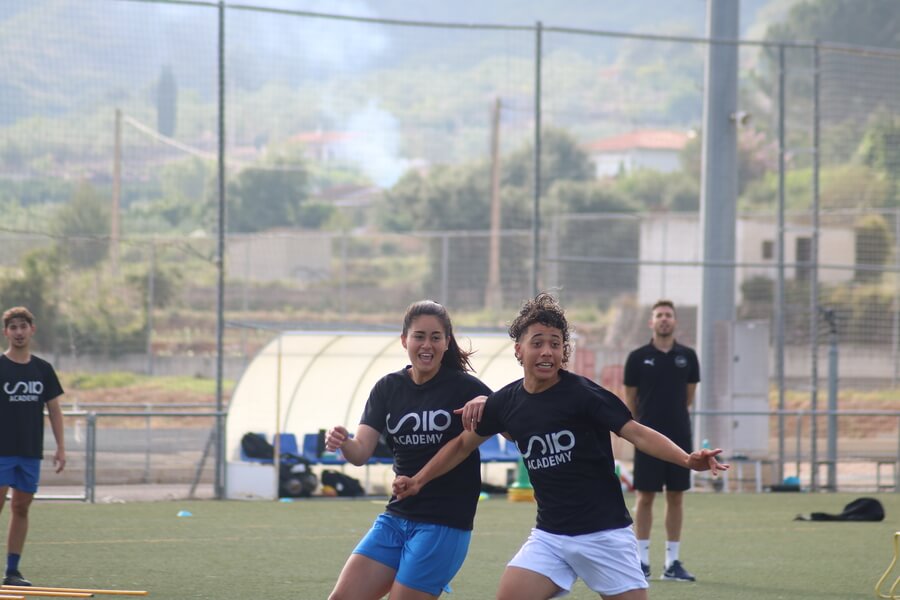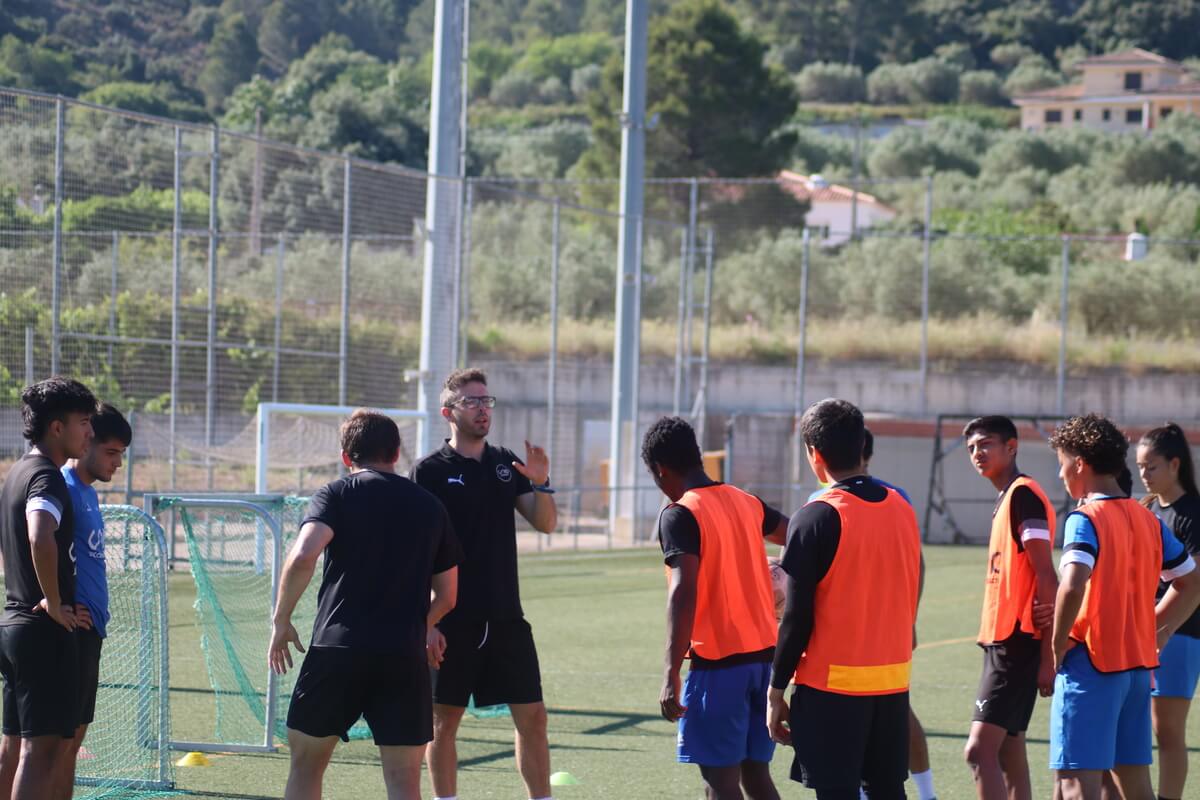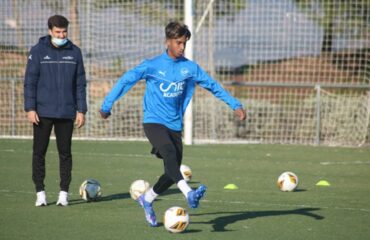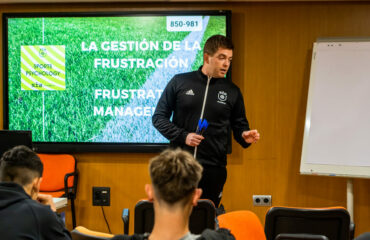Football is a sport of an intermittent nature where high intensity efforts such as jumping, sprinting, changes of direction, kicking and contact alternate with periods of incomplete recovery. Therefore, football players will need high levels of fitness, developing a specific combination of strength, speed and endurance, in order to perform at a high level throughout the match.
Since football matches require players to possess complete physical capabilities, the physical preparation of players must consider the development of several components of physical fitness simultaneously.
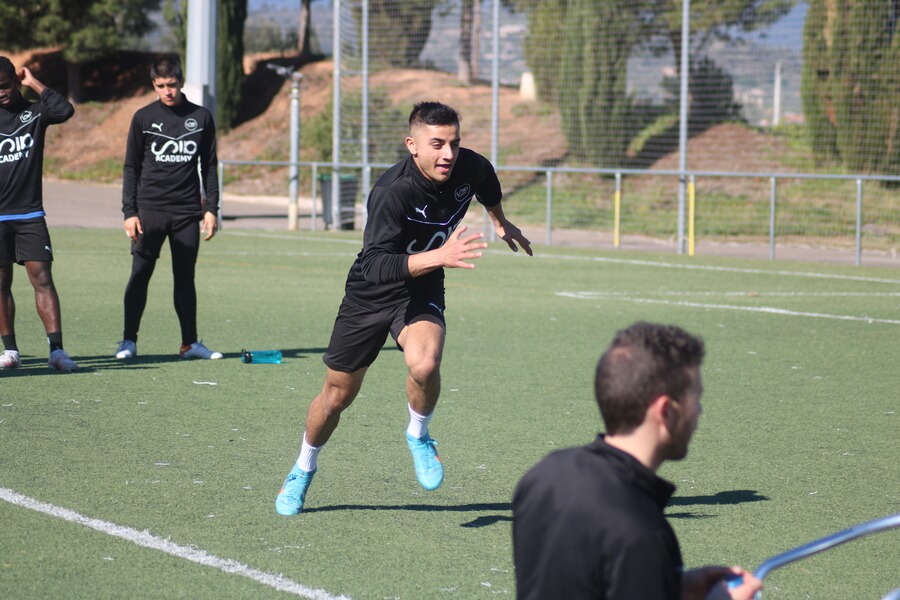
Pre-season fitness assessment
The effective individualisation of training is facilitated by an adequate player profile, therefore, the development of a battery of tests and a correct periodisation of them is important for the physical trainer to have objective information on how the players are doing..
Advances in knowledge and technology over the last decade have led to improvements in the testing practices used by professionals working in football. Consequently, a contemporary approach to test selection and data analysis has been progressively adopted.
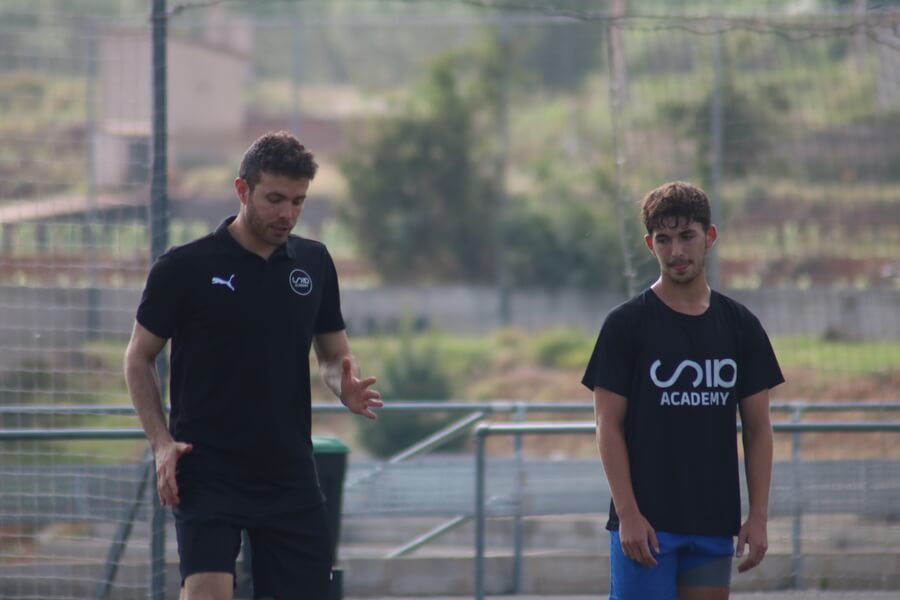
Physical fitness test at SIA Academy
Fitness tests represent a useful tool in the physical development of players and allow the objective identification of strengths and weaknesses, talent data, objective assessment of the effectiveness of training/rehabilitation interventions, and facilitate the prescription of individualised programmes.
Improving the training prescription for individuals in team sports is a very important objective at SIA Academy. That is why we carry out a series of tests that provide us with information to be able to individualise our players’ training as much as possible and thus optimise their performance..
Arthromuscular and functional assessment test
When the SIA Academy players arrive at our facilities, we carry out a functional and arthromuscular assessment test to see if they have correct or normalised ranges of movement. We observe if they have any shortening or dysfunctional asymmetries and see if they have any weakened areas that may hinder the optimal work of the fundamentals and movement skills to allow them to develop their football potential to the maximum.
We then carry out some conditional assessment tests in the gym, to see the levels of strength and/or power they have and to be able to draw their strength-speed profile, which will help us, together with other tests, to see the weak points of our players and to be able to individualise their training in the gym. In the case of our players, the maturation of the athletes is recorded to see at what point they are at (before, during or after PVC (peak growth speed)) and to see how we need to structure their training.
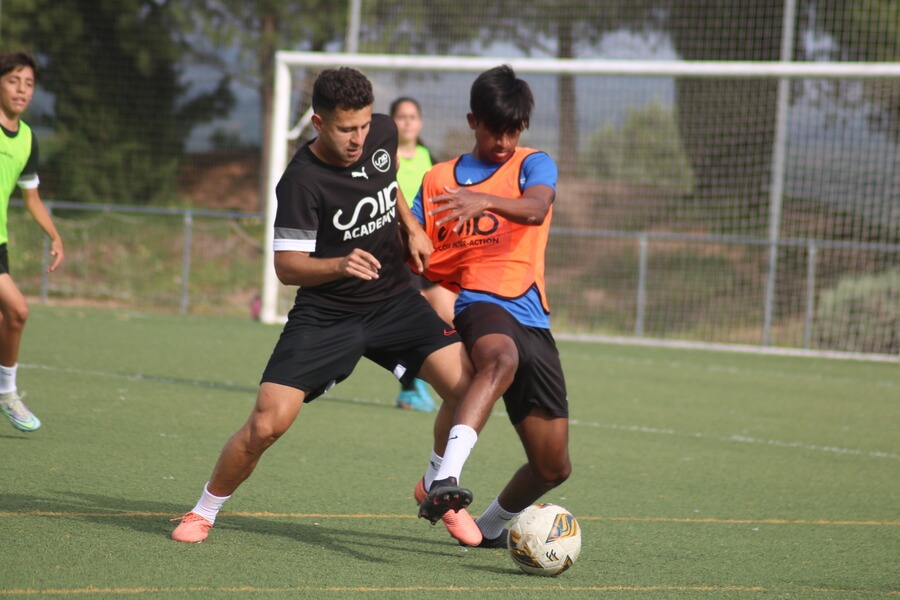
Running technique test or changes of direction
Once the tests in the gym have been completed, we carry out the pre-established tests in the field. These are used to observe if they have a good running technique or during sprinting, multidirectional mechanics such as change of direction and other typical actions that can occur on the pitch.
These last tests are carried out between the second and third week, as we first need to have the stress tests, analyses, anthropometries, etc., carried out in our clinic during the first week to ensure that everything is working correctly and that the field tests can be carried out without any type of risk.
Conclusions of the tests
Once all the tests are done we collect and analyse all the information. We extract the absolute values and compare them intrasubject because each player is unique and his goal must be to improve every day.
Another aspect that we observe is the unilateral and bilateral facilitation that we can observe thanks to the different types of tests that we implement and from there observe if there are dysfunctional asymmetries in some of the limbs. On the other hand, we can compare the data we obtain from the different assessments and interact between them. In this way we can obtain more information related to the subsystems and whether or not they interfere with each other.
